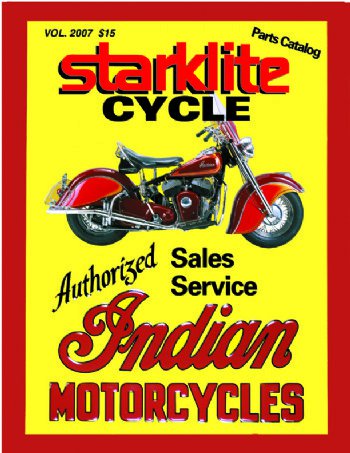Description
Permanently Repairs Steel, Aluminum, Fiberglass and Plastic Gas Tanks
Phenol Novolac Epoxies are a new breed of chemical resistant materials, able to withstand permanent immersion of many harsh solvents, fuels and oils. This Epoxy has much better bond strength than single component products, with strengths of up to 3000 PSI, and this higher strength reduces the need for a clinically clean surface, as the epoxy actually prefers to bond to a rough rusty surface. Our new phenol novolac is more thixotropic, which means it ‘hangs’ on the tank walls during the coating process. This gives a thicker overall coating. There is more volume of material in the kit to allow for this.
What else can you use Gas Tank Sealer for?
- A corrosion and chemical resistant coating. ie: battery compartments.
- A high strength adhesive where plenty of working time is needed.
- A potting compound, to encapsulate electronics
- A non-skid surface, just bed in aluminum oxide.
- Relining old potato peeler machines (Hobart type) – coat liner and bed in aluminum oxide.
- Repair leaks in concrete vessels. Add fine sand to make a mortar.
- Bonds to almost anything except polyethylene (gas tanks are not made of polyethylene). Bonds to wood, plastic, rubber, concrete, metals.
- Making high quality molds – virtually no shrinkage on curing.
- Thin cross section repair of sheared parts, such as; broken cups, dishes, or a split leg on a chair.
Application Instructions
All traces of oil and gasoline should first be removed by pouring about 1 pint of acetone or lacquer thinner into the tank, and rotating the tank several times to thoroughly sluice the sides with solvent. Dispose of the contaminated solution.
When recoating your gas tank from failed Kreem or POR-15 tank sealers, remove the old, failed coating using a paint stripper containing Methylene Chloride.
Place a hand full of drywall screws into the tank and shake them around vigorously for several minutes. These will dislodge any loose particles of rust. In the case of Fiberglass and plastic tanks, this will rough up the tank interior, improving adhesion.
Rinse out the tank with about 1-pint of acetone or lacquer thinner, then set aside and allow to dry. Use an airline to blow air into the tank to aid drying.
Apply duct tape or masking tape to any weeping seams, holes or porous areas. This will stop any Gas Tank Sealer from oozing out, and will allow it to bridge over the hole. Plug the outlet ports with putty or Play-Doh. Mix up the required amount of Gas Tank Sealer (one unit should treat two small motorcycle tanks or one large one) If you are only treating ONE small tank, then divide parts A & B in half. You could use a dipstick to gauge this.
In a separate plastic container (margarine tub etc.) mix the two parts together thoroughly for at least 2 minutes. Scrape around the sides to ensure all resin is blended together. BAD MIXING AND BAD MEASURING IS THE #1 CAUSE OF FAILURE!!
Pour into the tank, then immediately seal up the filler hole with Gladwrap and an elastic band. Swill the tank around in every direction for several minutes to obtain a good layer of Gas Tank Sealer over all surfaces. Remove the filler cap,Gladwrap seal, and pour out any excess. Allow to drain upside down for a few minutes.
If you have a built in fuel filter, blow air into the fuel line port for about 10 minutes. This will clear the filter of any Gas Tank Sealer.
Scrape off any excess with a sharp knife at this point (usually about 40-60 Min after mixing) Place the tank in a warm 70-90 f place and allow to cure overnight. In the case of alcohol fuels, allow 3-5 days at room temperature, or 24 hours at 120 deg f.




Reviews
There are no reviews yet.